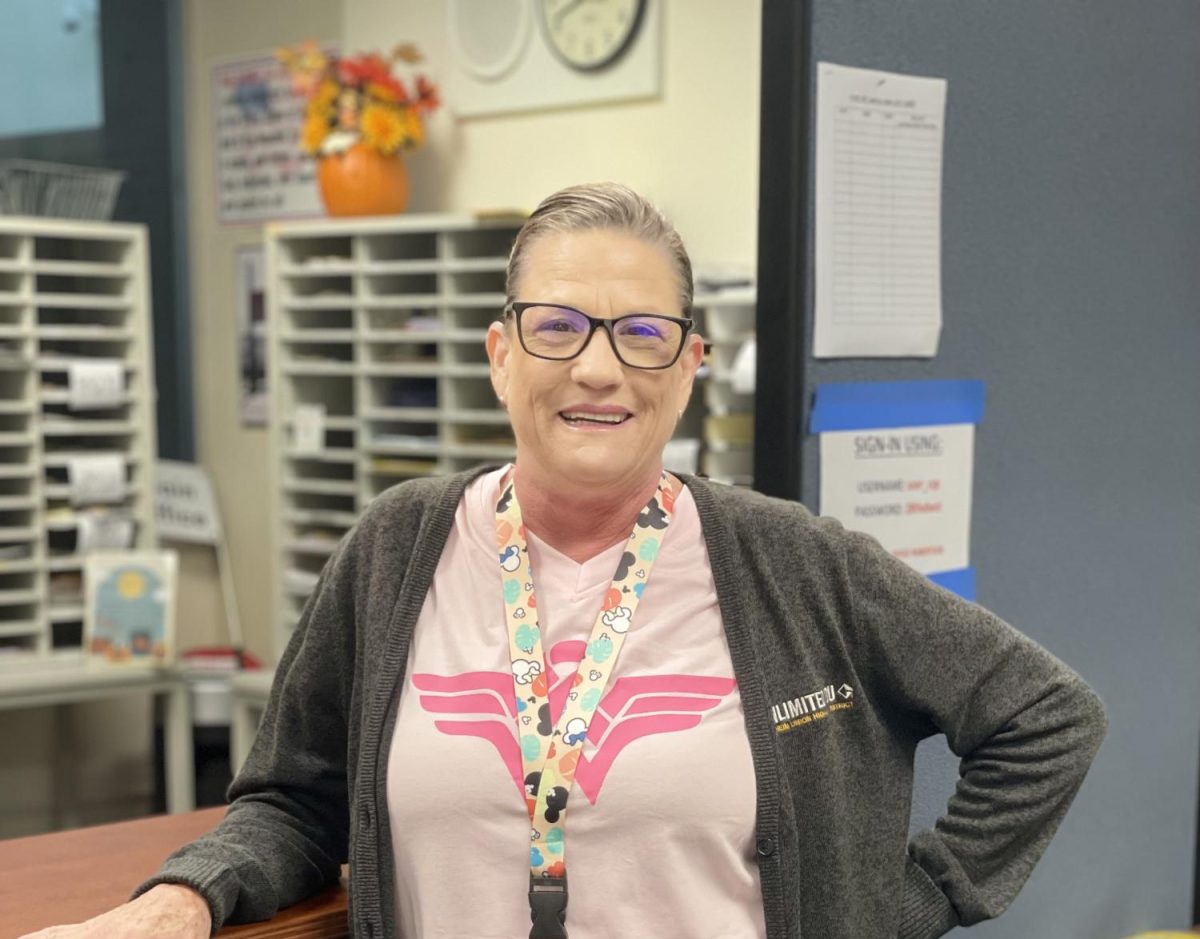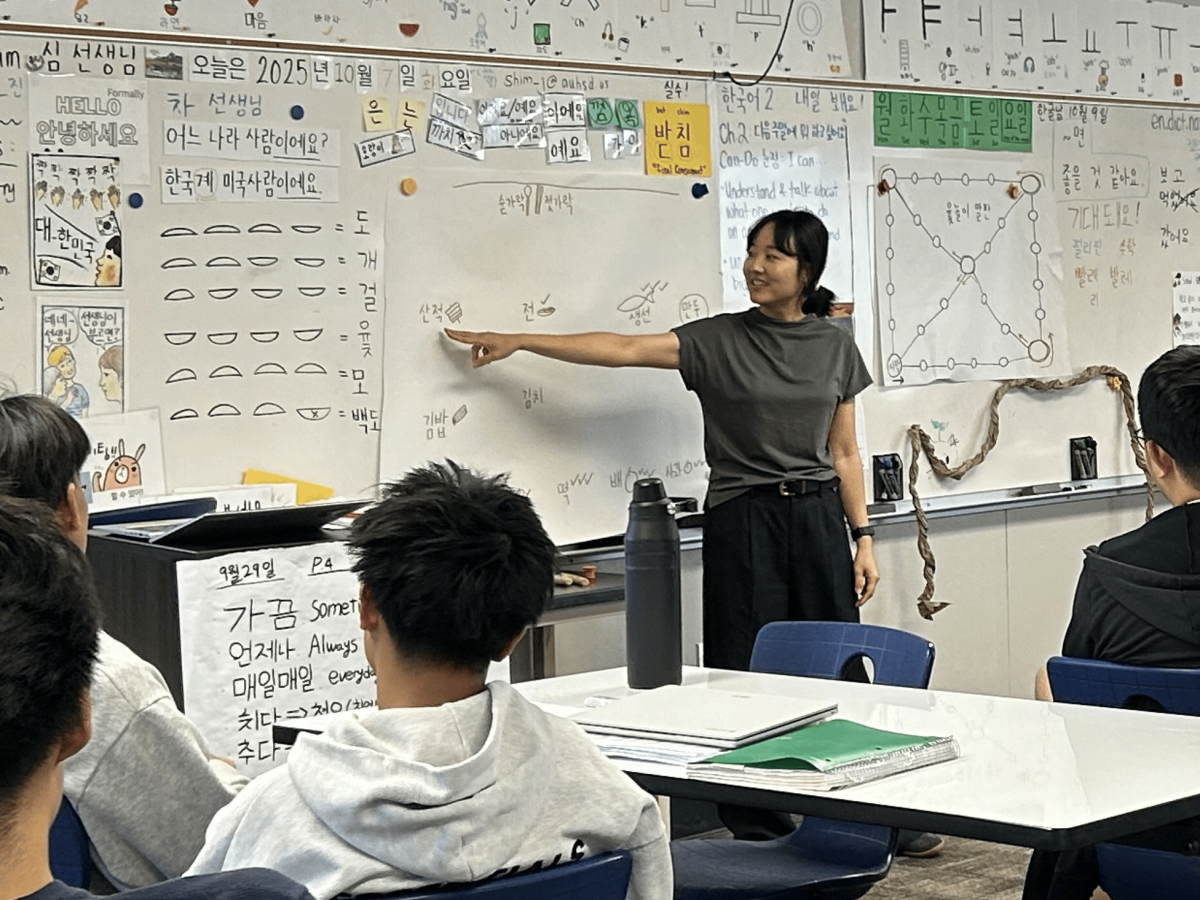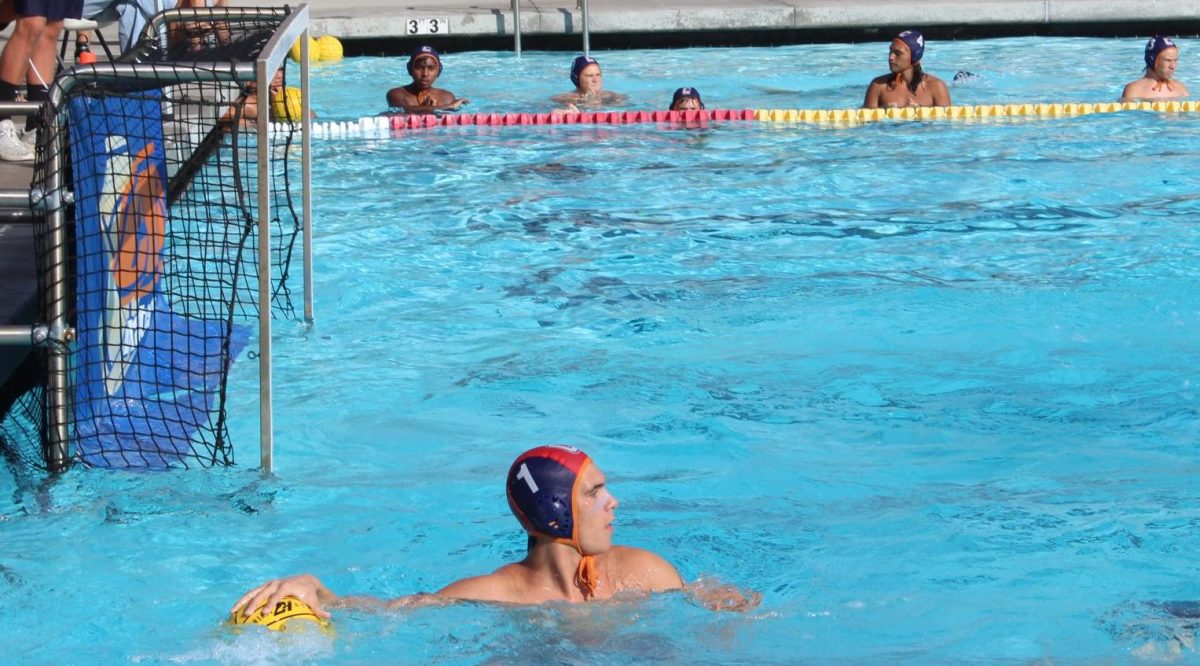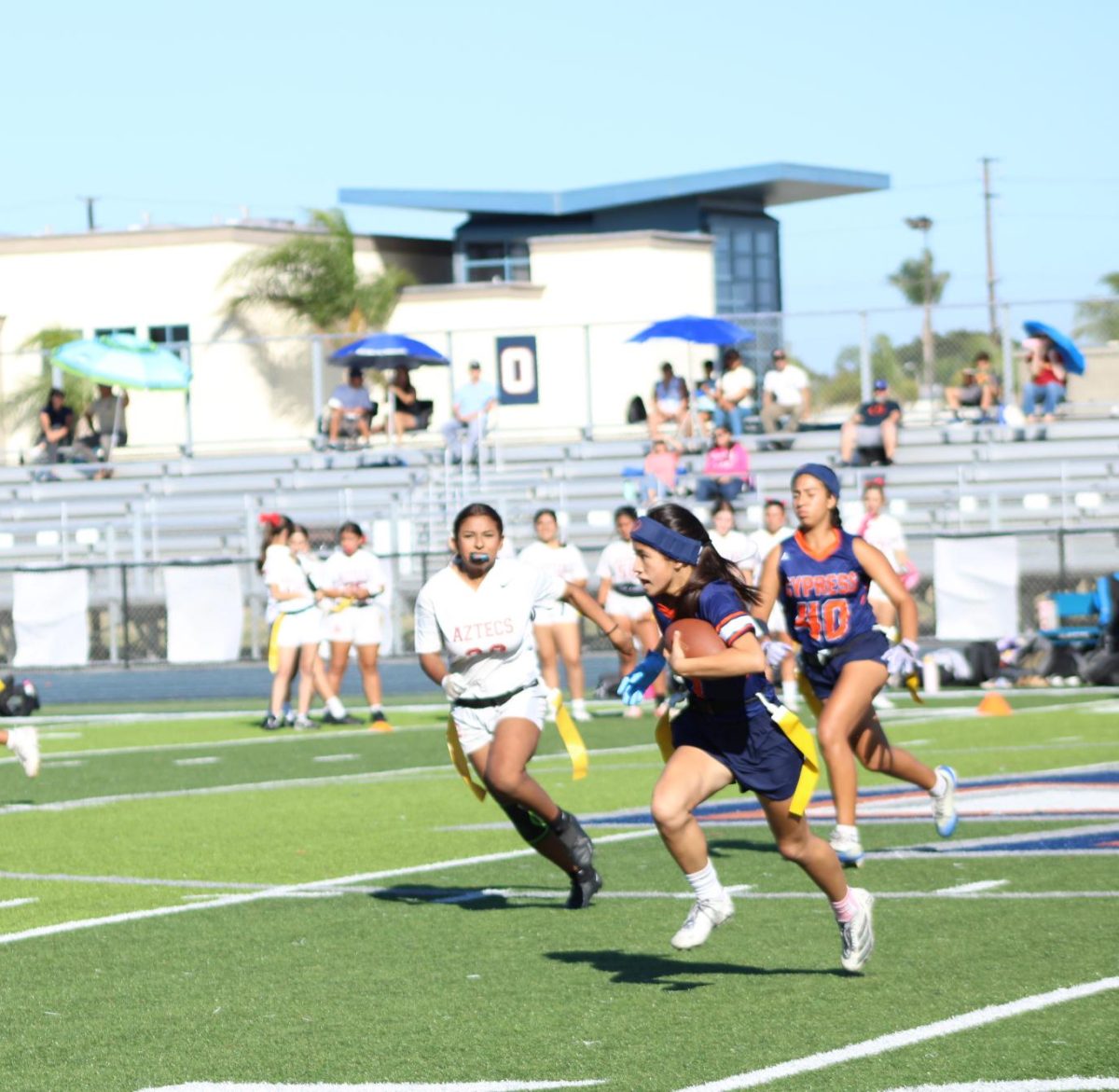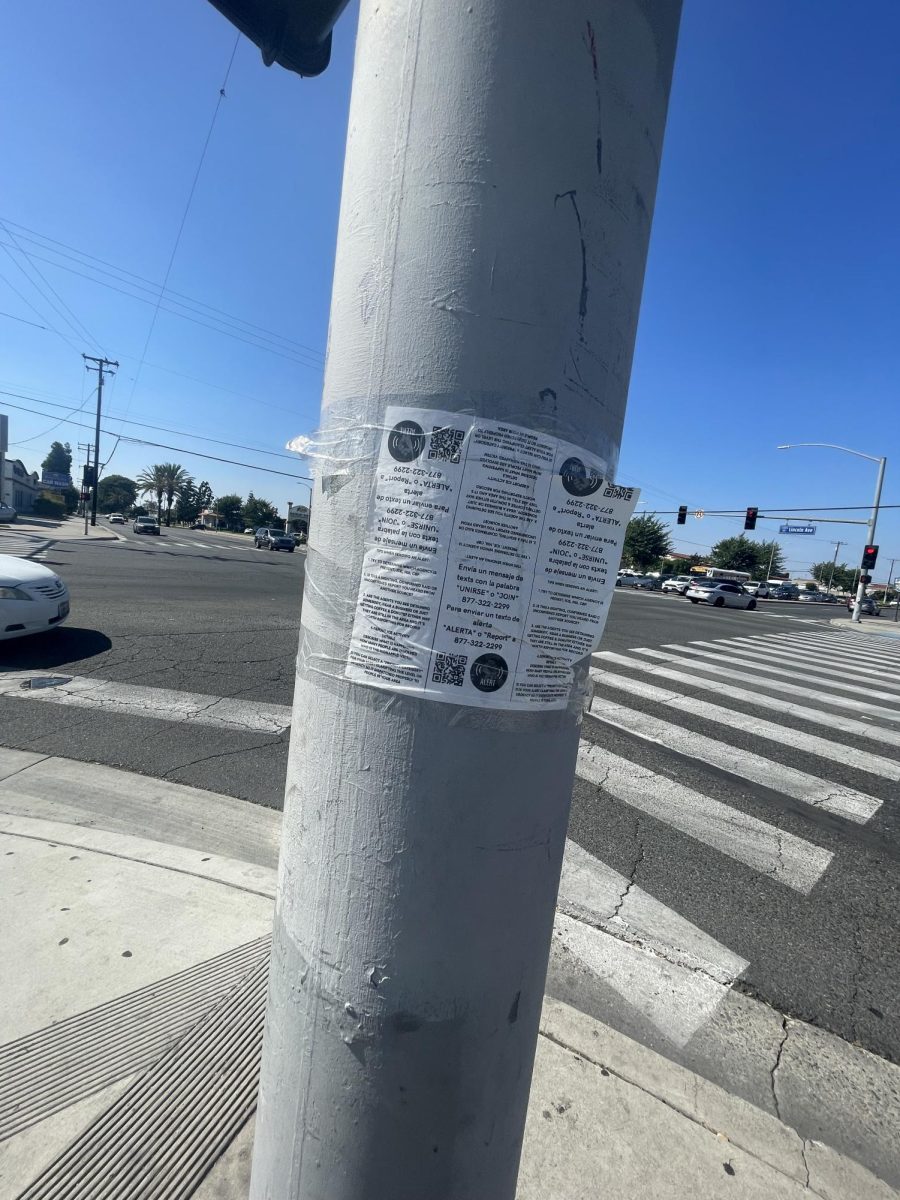The district’s decision to move from Aeries to eKadence gradebook has produced mixed feelings from teachers, with some likin
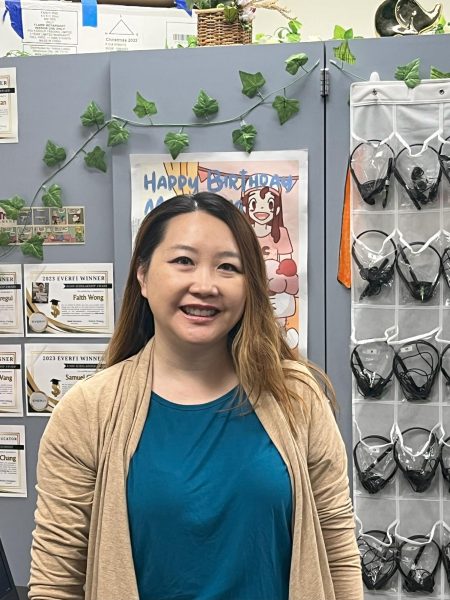
g the transition to eKadence and its interactive features and others finding it less intuitive compared to Aeries. While the shift is meant to increase communication between students, parents, and teachers, some teachers are finding it quite difficult to use and some are still adjusting to the change.
Mrs. Chang, the graphics communications teacher who has used Aeries for years, expressed anxiety about switching to eKadence as the main grading system. She said, explaining that the process of grading assignments feels less efficient. However, she noted/explained that eKadence’s comment feature, which allows students and
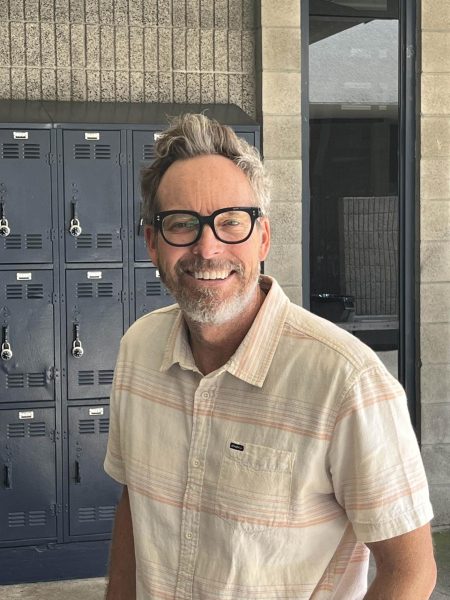
teachers to communicate directly on assignments, is a positive improvement that she likes. “It just needs some tweaks to be more user-friendly,” she concluded.
Photo teacher Chris Johnson, said the transition has been slow and challenging. “Learning something new is tough, “but if this is the direction we’re heading, then that’s what we’re headed to.” Where he explains”I just want us to use one system and make it work great.”
Despite the mixed feelings from teachers, Assistant Superintendent Dr. Jaron Fried, who guided/advocated for the district transition, is confident about the decision. According to Dr. Fried, eKadence is designed to be more interactive, providing real-time feedback to students and better communication with parents. “It’s more supportive for students, parents, and teachers,” he said, adding that the platform’s AI tool, “Scrappy,” acts as a personalized tutor in subjects like math science etc.
Fried also explained that the decision to switch towards eKadence was to track use of the 5 Cs—critical thinking, communication, collaboration, creativity, and character. eKadence can track how each student is using, these important skills that students will need when entering/applying for a job in the future. “eKadence helps measure these abilities/skills and will benefit students in the long run,” he stated.
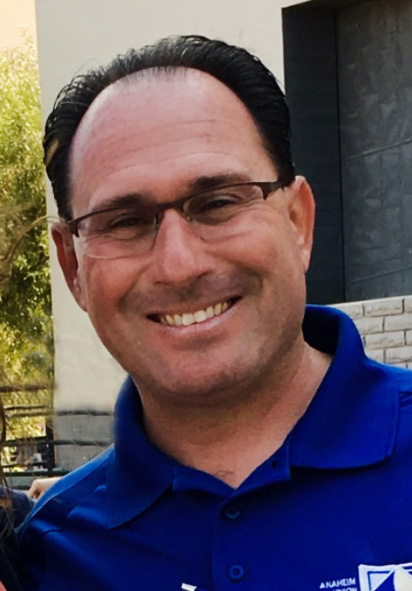
The transition to eKadence has been in the works for three years, with 95% of the district’s teachers now using the platform. To help with the adjustment, the district provided a five-week grace period, along with ed tech coaches and instructional videos for the staff. Dr. Fried acknowledged that the transition has been difficult for some teachers but emphasized that support is available. “It’s a work in progress,” he said, noting that while there have been challenges, the overall feedback from the teachers and staff has been positive.
The district is also working closely with families to help them use eKadence and understand how to use it. “Parents can still check grades on Aeries, but they won’t get the same interaction they would with eKadence,” Fried said, explaining that the new platform offers modules and tools to engage more actively with student progress.
While the transition to eKadence as the primary grading tool is still continuing and growing, Dr. Fried is optimistic about its potential to improve communication and enhance learning experiences across the district.












